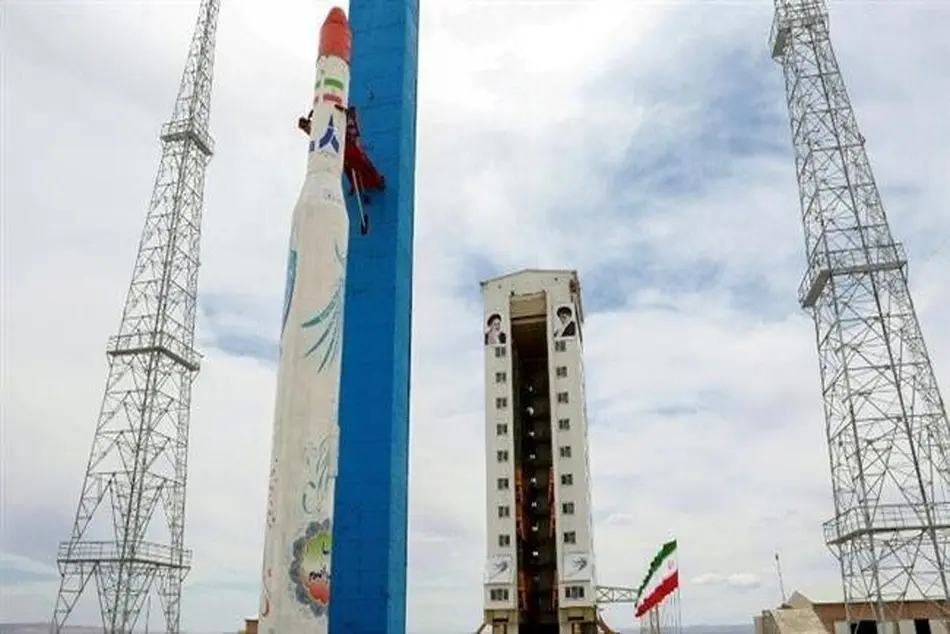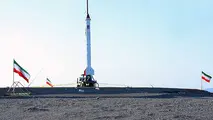Iran to put three satellites into orbit
Iran is planning to launch three satellites in upcoming years, says Iranian Space Agency (ISA) chief Morteza Barari.

Iran is planning to launch three satellites in upcoming years, says Iranian Space Agency (ISA) chief Morteza Barari.
“Under the country's second decade-long space development program, three satellites are being developed to be ultimately put into orbit,” Barari said on Sunday.
“The second decade-long space development program was initiated in 2016 and will continue until 2025 with the development of space-related infrastructure,” he said, Press TV reported.
The ISA chief underlined that no country had helped Iran in the development of satellites launched by the country so far, adding that the Islamic Republic’s top universities had instead made good investments in the field.
Iran’s indigenous satellite launch capabilities first made headlines when the first locally-built satellite, Omid (Hope), was launched in 2009.
The Islamic Republic also sent its first bio-capsule containing living creatures into space in February 2010, using a Kavoshgar-3 (Explorer-3) carrier.
In February 2015, the Islamic Republic placed its domestically-made Fajr (Dawn) satellite into orbit, which is capable of taking and transmitting high-quality photos to stations on Earth.
In January 2019, the domestically-built Payam (Message) satellite was launched into space with an aim to collect environmental information; however, technical problems that occurred during the final stage of the launch prevented the spacecraft from reaching orbit.
Speaking on Sunday, Barari noted that that the development of space technology in Iran could lead to "major" developments in the country's economy.
The space agency chief explained that the newly emerging economic field related to space technologies had grown 139 percent during the time span of a decade and therefore represented an economic opportunity.
Further elaborating on the economic benefits of advanced space technology, Barari explained that satellite images could help increase efficiency in managing Iran's environmental and agricultural sectors.
Data gathered from the satellites could also have a major role in avoiding and managing natural disasters, he said.
The ISA director added that pre-existing satellite information greatly contributed in managing and reducing damages inflicted from major floods earlier this year.
“With new satellite data, this can be done much better,” he said.



